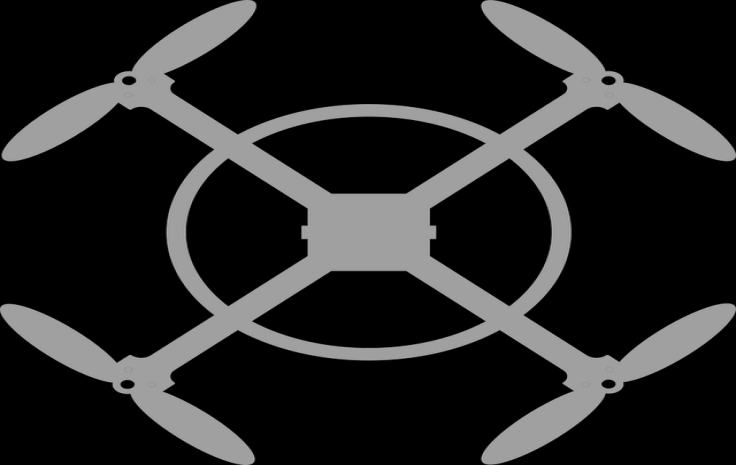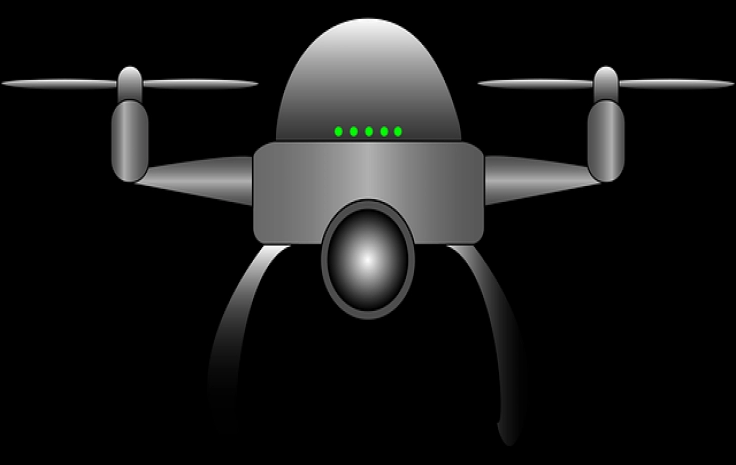faa uav drone test number
Visit faa uav drone test number's Site
What is faa uav drone test number?
faa uav drone test number possible use cases:
多级标题:1. Introduction
1.1 Background
1.2 Purpose of the test
2. Test Setup
2.1 Equipment used
2.2 Test location
2.3 Test procedure
3. Test Results
3.1 Performance metrics
3.2 Data analysis
3.3 Comparison with previous tests
4. Findings and Discussion
4.1 Strengths of the UAV drone
4.2 Weaknesses and limitations
4.3 Potential improvements
5. Conclusion
5.1 Summary of test results
5.2 Overall assessment
1. Introduction
1.1 Background
In recent years, the use of Unmanned Aerial Vehicles (UAVs), commonly known as drones, has significantly increased. These drones are used for various purposes, such as aerial photography, surveillance, and delivery services. However, it is crucial to ensure the safety and reliability of UAVs through rigorous testing and evaluation.
1.2 Purpose of the test
The purpose of this test, referred to as FAA UAV Drone Test Number, was to assess the performance, stability, and functionality of a specific UAV drone model. The test aimed to provide valuable insights into its capabilities and limitations to make informed decisions about its usage.
2. Test Setup
2.1 Equipment used
The test involved using a FAA-approved UAV drone model with various sensors, camera capabilities, and flight control systems. Additionally, the test also incorporated ground control stations and specialized software for monitoring and analyzing the drone’s performance.
2.2 Test location
The test was conducted in a designated area approved by the Federal Aviation Administration (FAA). The location provided sufficient airspace and safety measures to minimize any potential risks during the testing process.
2.3 Test procedure
The test procedure involved multiple stages, including pre-flight checks, flight planning, and execution of specific flight maneuvers. The drone was tested for various scenarios, such as hover stability, navigational accuracy, obstacle detection, and emergency response systems.
3. Test Results
3.1 Performance metrics
The test gathered comprehensive data on the drone’s flight duration, maximum altitude, speed, and responsiveness to pilot commands. Additionally, performance metrics such as battery life, payload capacity, and communication range were also evaluated.
3.2 Data analysis
The collected data was analyzed using advanced software tools, enabling key performance indicators (KPIs) to be derived. The analysis revealed valuable insights into the drone’s flight characteristics, stability, and overall suitability for specific applications.
3.3 Comparison with previous tests
The test results were compared with previous FAA UAV drone tests and industry benchmarks to provide a broader context for evaluating the drone model’s performance. This comparison highlighted any improvements or deviations from standard performance expectations.
4. Findings and Discussion
4.1 Strengths of the UAV drone
The test identified several strengths of the UAV drone model, such as stable flight behavior, accurate navigation, and robust communication systems. These strengths make it highly suitable for applications requiring precise aerial positioning and data collection.
4.2 Weaknesses and limitations
The test also revealed certain weaknesses and limitations, including limited battery life, lower payload capacity, and occasional issues with obstacle detection algorithms. These findings indicate areas for improvement and potential limitations when operating the drone in specific scenarios.
4.3 Potential improvements
Based on the test findings, potential improvements were identified, such as enhancing battery performance, improving obstacle detection algorithms, and increasing payload capacity. These improvements would address the identified limitations and enhance the overall capabilities of the drone.
5. Conclusion
5.1 Summary of test results
The FAA UAV Drone Test Number provided valuable insights into the performance, stability, and functionality of the tested drone model. It demonstrated strengths in terms of stability and accurate navigation while also highlighting areas for improvement.
5.2 Overall assessment
Despite the identified limitations, the tested UAV drone model showed promising performance and suitability for various applications. With the recommended improvements, it has the potential to become an even more reliable and efficient tool for aerial operations.
Note: [faa uav drone test number] in the title represents a specific test number assigned by the FAA for reference purposes.


















